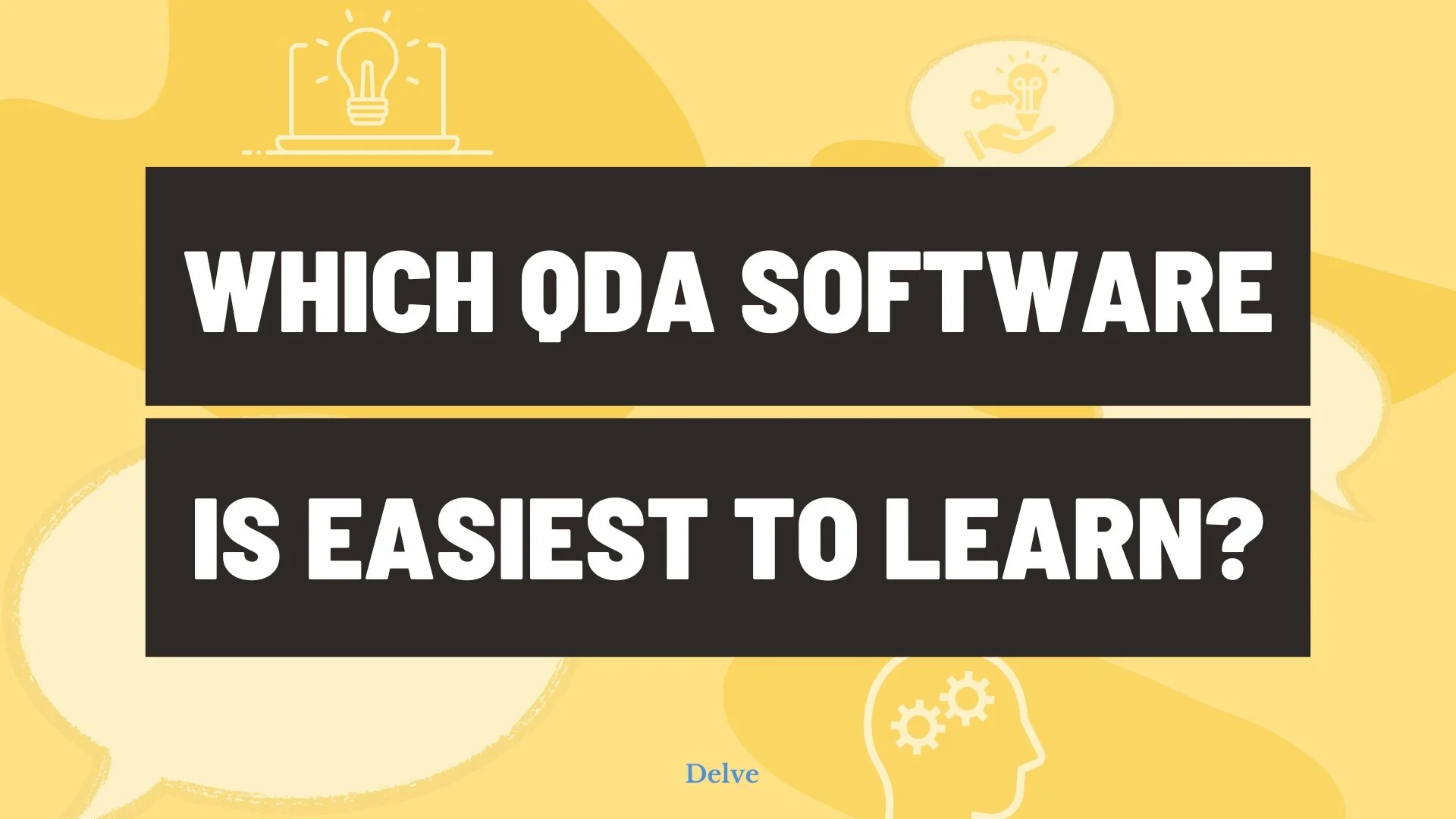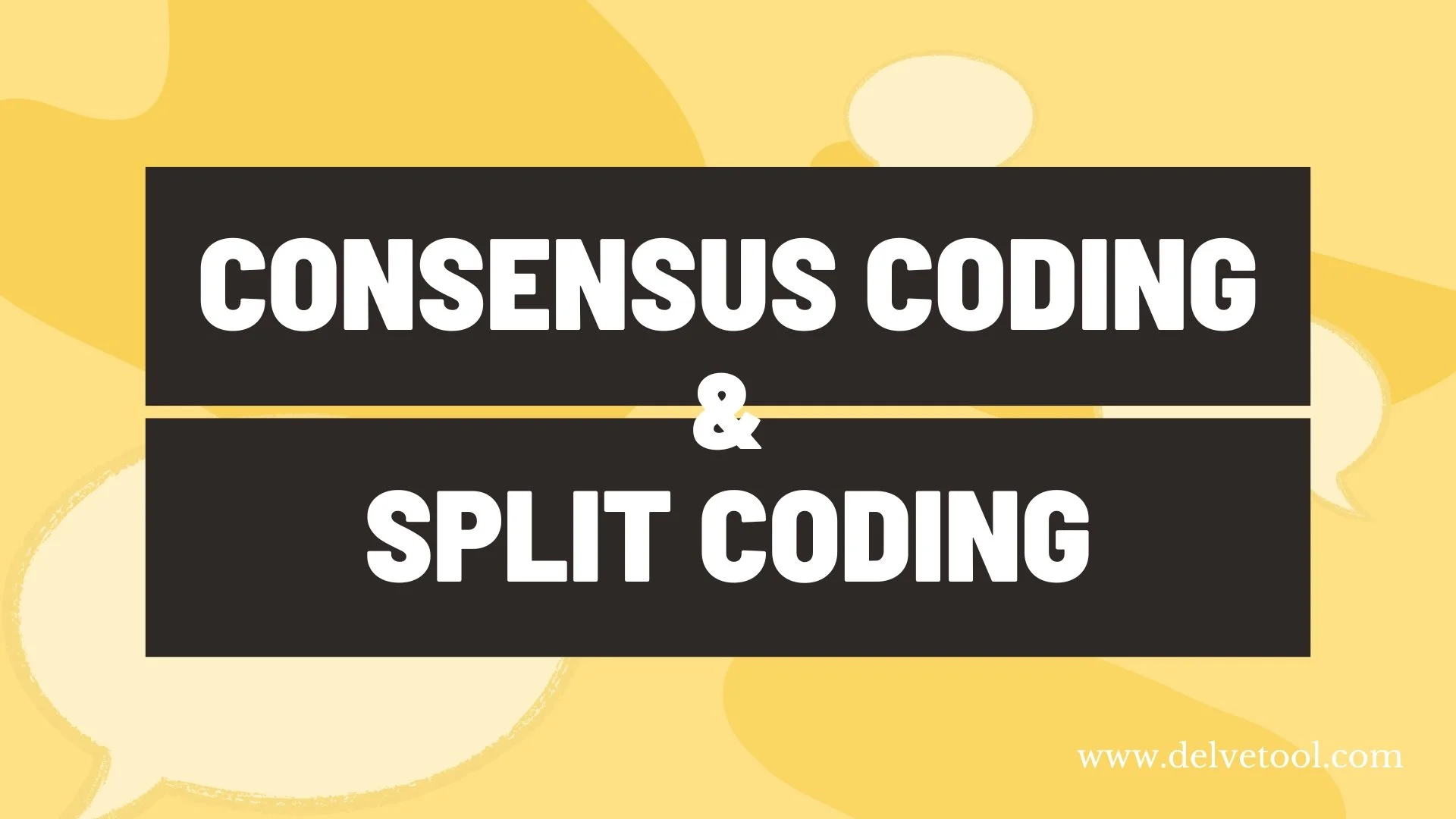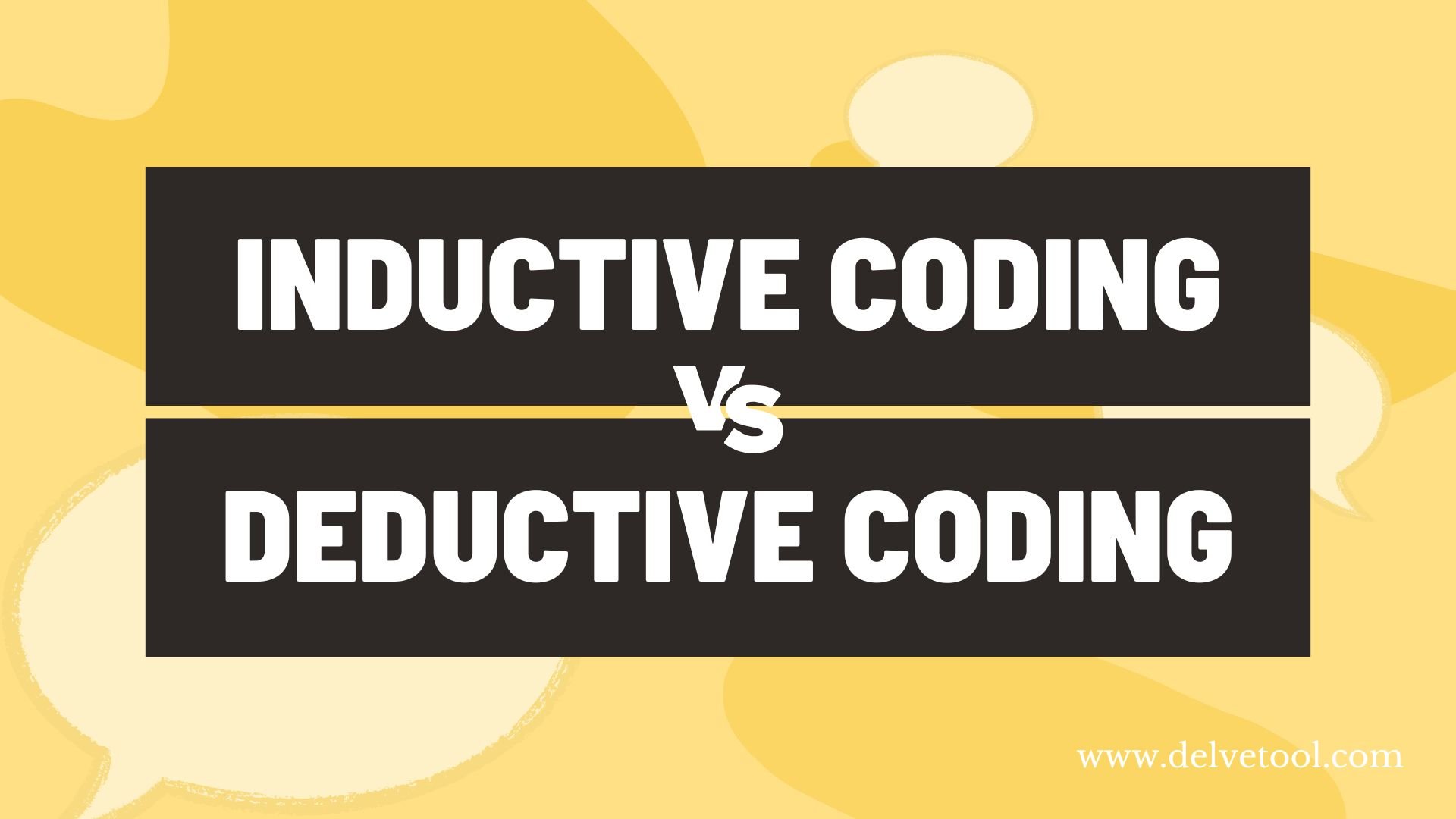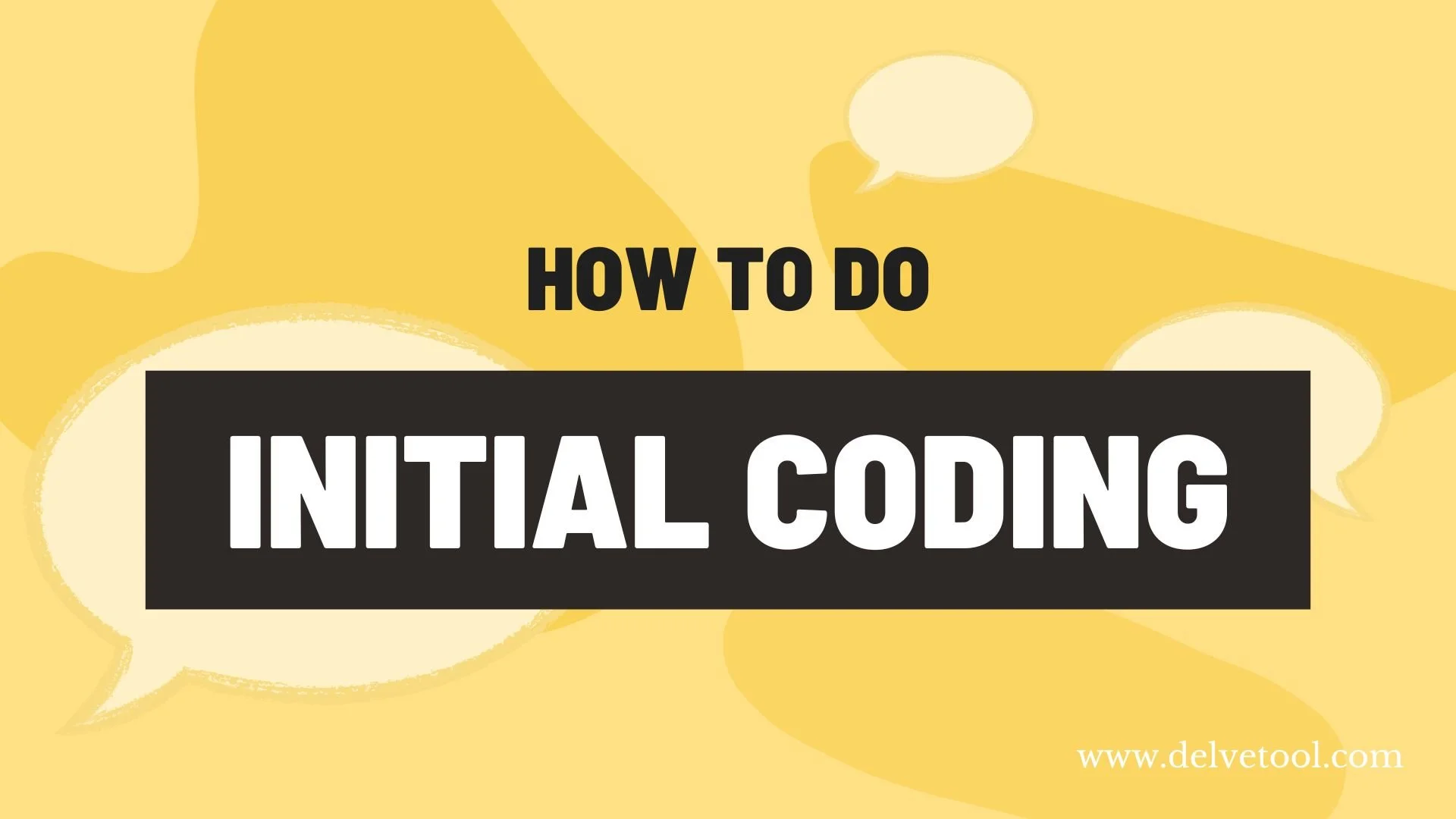In vivo codes utilize the language and terminology used by the participants rather than alternative methods where codes are researcher-derived.
Read MoreIn vivo codes use the direct language and terminology used by the participants rather than alternative methods where codes are researcher-derived.
Read MoreThis article walks through modern methods for qualitative survey analysis.
Read MoreWe sat down with seven top coding tools to compare them based on one core question: Which software is easiest to learn and start coding with?
Read MoreProcess coding is helpful when you want to understand actions in the data. You can catalogue observable activities or conceptual actions.
Read MoreDiscover 6 practical ways AI can support your qualitative research – without replacing your analysis. Built for coders, not chatbots.
Read MoreValues coding deals with labeling the values, attitudes and belief systems that are expressed by participants.
Read MoreThis article introduces emotion coding in qualitative research and offers a guide on using it effectively.
Read MoreDescriptive coding is where you code passages according to topic in order to summarize the topic of the data.
Read MoreThis article covers all things line-by-line coding, shedding light on how this method works and providing a step-by-step guide to the process.
Read MoreAbductive coding helps researchers move between theory and data to uncover new insights. See how it works in practice and how tools like Delve support the process.
Read MoreThis article covers split coding and consensus coding, used by research teams to enhance the trustworthiness of their qualitative data analysis.
Read MoreChoose a deductive approach to start with predefined codes, an inductive approach to let the data guide your coding, or blend both for flexibility in your qualitative research.
Read MorePattern coding groups qualitative data into sets, themes, and constructs.
Read MoreStructural coding when you to take a large set of semi-structured data, and structure it into smaller pieces for further analysis.
Read MoreInitial coding is where you break down your qualitative data into discrete excerpts and create codes to label them with.
Read MoreHolistic coding is a qualitative approach to data analysis that involves assigning a single code to a data unit, such as a paragraph, transcript, or entire corpus, to capture its overall meaning. This article offers an interpretation of Saldaña's work on holistic coding and a practical guide for applying it to your research.
Read MoreMagnitude coding is a coding method where researchers add an alphanumeric or symbolic code to an existing code. The magnitude code helps indicate the intensity, frequency, direction, presence, evaluative content, or absence of a characteristic within these initial codes.
Read MoreJohnny Saldaña, in his book The Coding Manual for Qualitative Researchers (2012), offers a concise overview of elaborative coding. We summarize his interpretation in this article.
Read MoreThis article explores the differences between interpretative phenomenological analysis (IPA) and thematic analysis (TA), including these philosophical differences, techniques, situational considerations, and the possible benefits of combining them.
Read More


















